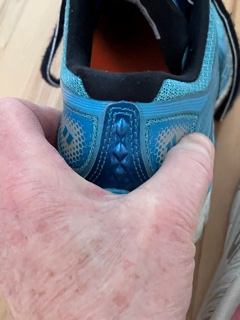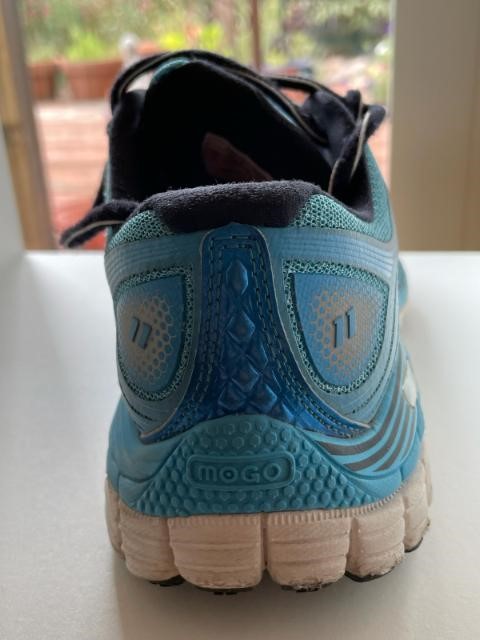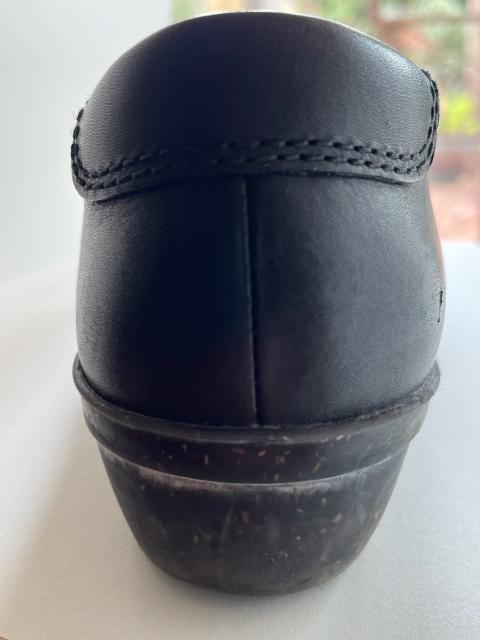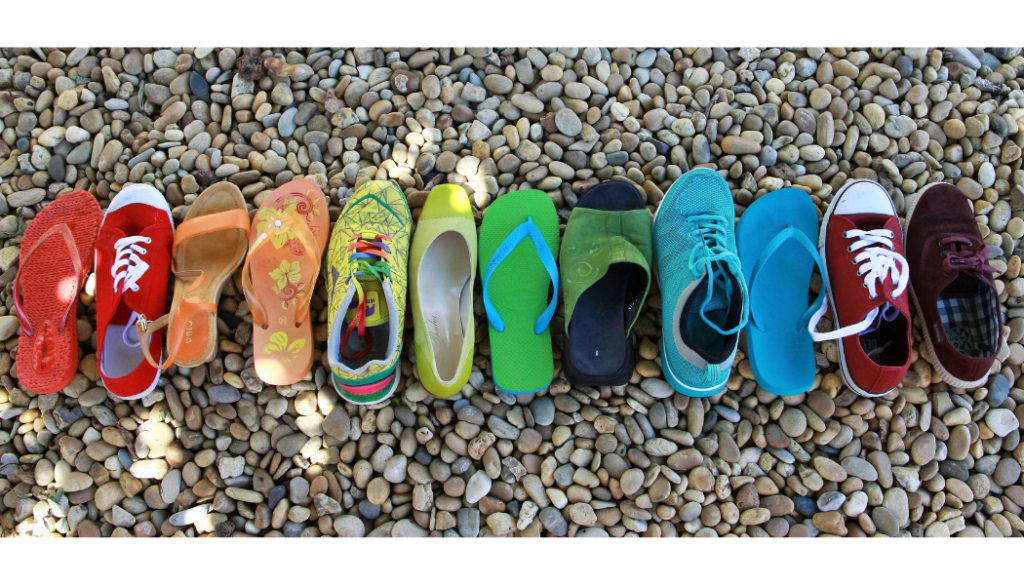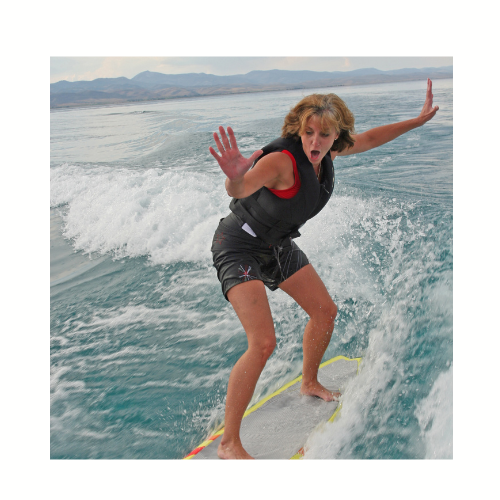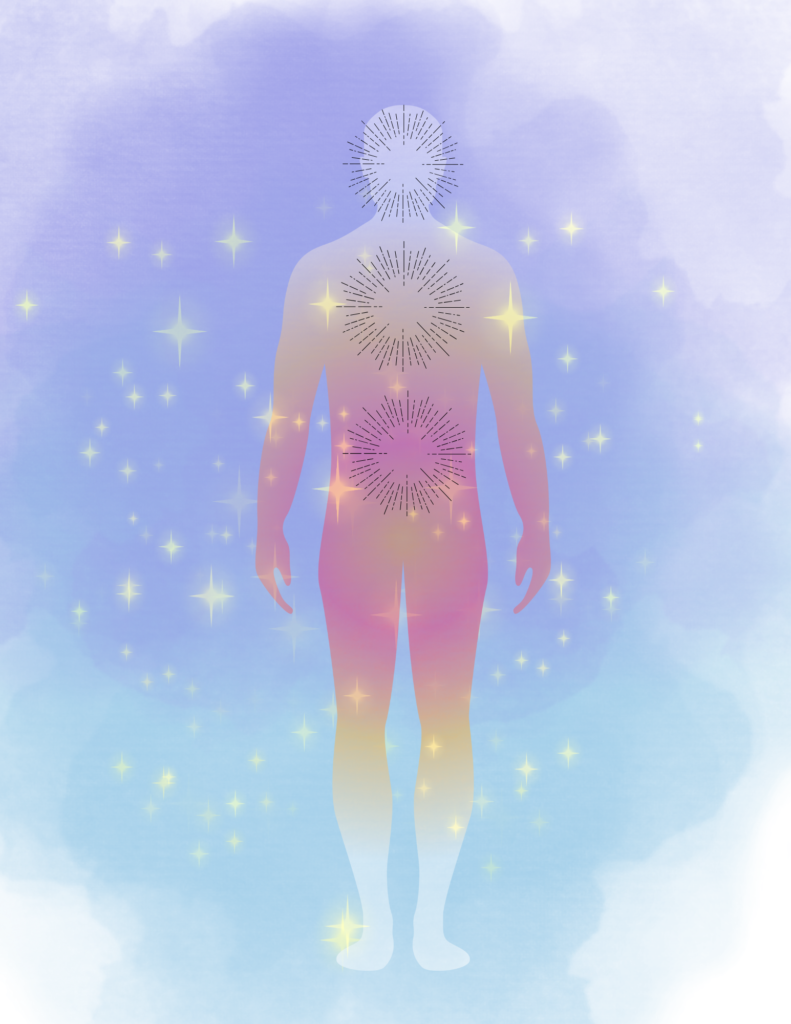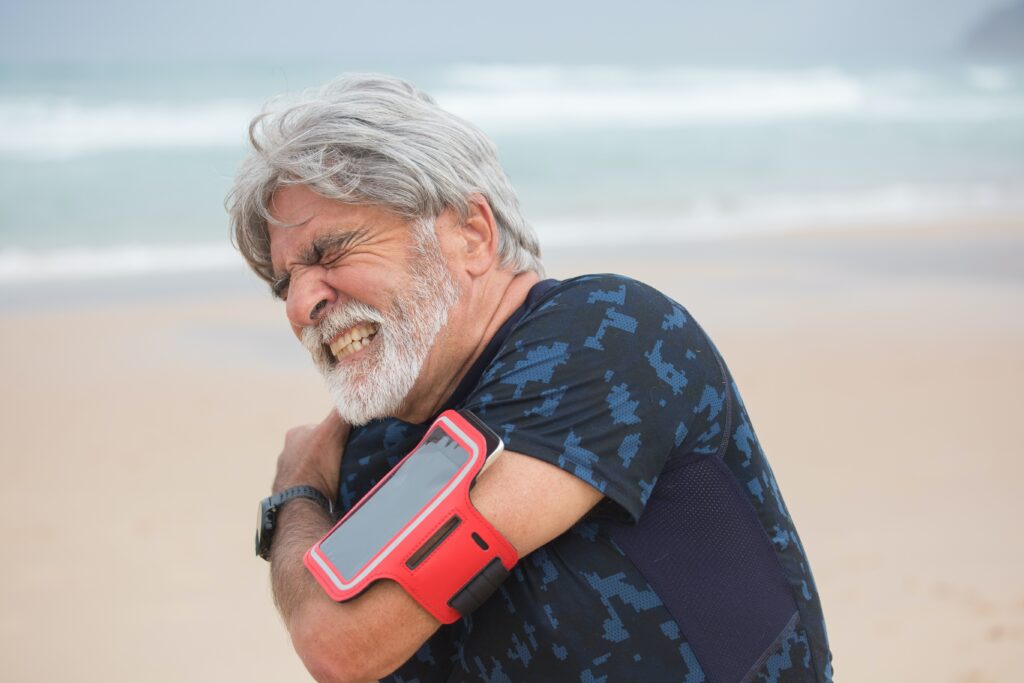
Have you been feeling discombobulated? Scattered? Disorganized on the inside? The continuum from order to disorder and back to order is a universal experience. Most people prefer feeling grounded and centered. Zero Balancing (ZB) is a particularly good tool for feeling more of both! ZB organizes our inner and unseen world. It organizes our field. What, you may ask, is a field?
A field is an area that has properties we can feel but not see. This is a construct used often in physics and mathematics that has applications here. For example, think about how you feel when you walk into a church or synagogue. It feels different than outside. The sanctuary in the building feels different than the outer hallways as well. We can feel it the instant we step inside a place of worship. Another example is the moment you step onto the beach or into a forest. Now imagine walking into a busy restaurant or supermarket. What you are feeling is the field of each particular area. It’s a different feeling because those fields have different properties. We can’t see the fields but we sure can feel them.
We all can feel fields. Think about how your home feels when it’s organized vs when it’s cluttered. After cleaning, the transition from disorganized to organized is both visible and palpable. It looks better and feels better. It feels better because the field in your home has ben organized.
We each have our own internal field that cycles from less organized to more organized. It’s a natural process. For some of us, our baseline is having a disorganized field. We feel scattered and ungrounded most of the time. Our field cycles from less disorganized to more disorganized and never quite makes it to organized. Even a small perturbation can throw us way off center.
An organized field feels better than a disorganized field. A ZB session organizes our field. This is one of the reasons Zero Balancing sessions help. We are more grounded. More stable. And as we receive additional sessions, our internal field remains organized for longer and longer periods of time. Our baseline stability improves. It takes less to throw us off center and becomes easier to regain our footing.
Is there anything you can do to organize your own inner field? Of course. Our fields often resonate with the field around us. Find a field that’s better organized than your own. Go to a library, a place of worship. Take a walk in the woods, especially the redwoods. Clean or reorganize your home. Spend time with friends who feel grounded and stable to you. Yoga, Tai Chi, and Chi Kung practices help as does meditation.
Zero Balancing meditations on this website are very helpful. The parallel breaths portion of each meditation is particularly organizing. It’s easy to learn and is something you can do on your own just about anywhere. A few minutes of parallel breaths can organize your field and help your day become easier.
Try this experiment. Notice how you feel inside before the meditation and compare it to how you feel after. It’s a great way to get organized on the inside!
Thanks for reading!


